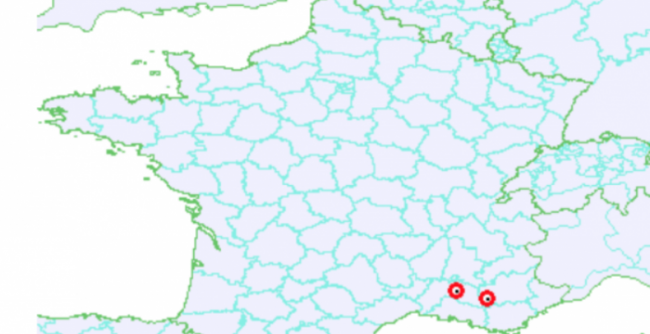Aujeszky’s disease has been confirmed in pigs on two farms in southern France, the OIE, the global animal health body, has confirmed.
Wild boar are believed to be the source of the initial outbreak of the disease, which was eradicated in Britain 30 years ago.
The virus was identified in five animals last week, with more than 800 pigs considered to be ‘susceptible’ on the two units in Saint Martin les Eaux and Monteux, in the south of France.
“The source of infection of the first outbreak seems to be contact with wild boars. The second farm is epidemiologically linked to the first outbreak (purchase of fattening pork),” the OIE’s disease update said.
Various control measures have been applied, including national movement controls, surveillance within the containment and/or protection zone and tracing of animals that could be affected. Zoning and the slaughter of potentially infected animals are ‘to be applied’.
About Aujeszky’s
Aujeszky’s disease, also known as pseudorabies, can cause 100% mortality in piglets less than 7 days old, although mortality rates decrease as pigs get older.
Pigs are the only natural host for the Aujeszky’s virus, although it can infect cattle, sheep, cats, dogs and rats causing fatal disease, according to a Defra factsheet.
It had not existed widely outside Eastern Europe before the 1960s but by 1989 it affected 43 countries.
The first case in GB was recorded in 1979 and the last in 1989 when five outbreaks resulted in 1,373 animals being slaughtered. GB was declared officially free of the disease in 1991
following extensive serum surveys.




